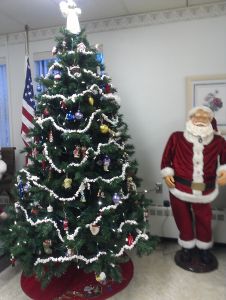This is a guest post by Cindy Flath, Supervisor of the Research Department at Altru Health System.
The days have gotten shorter; seemingly endless cloudy days and little sun greet us each day. If we could hibernate like bears winter wouldn’t seem so bad.
Seasonal affective disorder (SAD) is a type of depression that’s related to changes in seasons — SAD begins and ends at about the same times every year. If you’re like most people with SAD, your symptoms start in the fall and continue into the winter; sapping your energy and making you feel moody.
The specific cause of seasonal affective disorder remains unknown. Some factors that may come into play include:
- Your biological clock … The reduced level of sunlight in fall and winter may cause winter-onset SAD. This decrease in sunlight may disrupt your body’s internal clock and lead to feelings of depression.
- Serotonin levels. A drop in serotonin, a brain chemical that affects mood, might play a role in SAD. Reduced sunlight can cause a drop in serotonin that may trigger depression.
- Melatonin levels. The change in season can disrupt the balance of the body’s level of melatonin, which plays a role in sleep patterns and mood.
There are alternates to medication that may help to alleviate the symptoms of SAD
- Make your environment sunnier and brighter. Open blinds, trim tree branches that block sunlight. Sit closer to bright windows while at home or in the office.
- Get outside. Even on cold or cloudy days, outdoor light can help — especially if you spend some time outside within two hours of getting up in the morning.
- Exercise regularly. Exercise and other types of physical activity help relieve stress and anxiety. Being more fit can make you feel better about yourself, too, which can lift your mood.
In light therapy, also called phototherapy, you sit a few feet from a special light therapy box so that you’re exposed to bright light. Light therapy mimics natural outdoor light and appears to cause a change in brain chemicals linked to mood. Light therapy generally starts working in a few days to two weeks and causes few side effects. Research on light therapy is limited, but it appears to be effective for most people in relieving SAD symptoms.
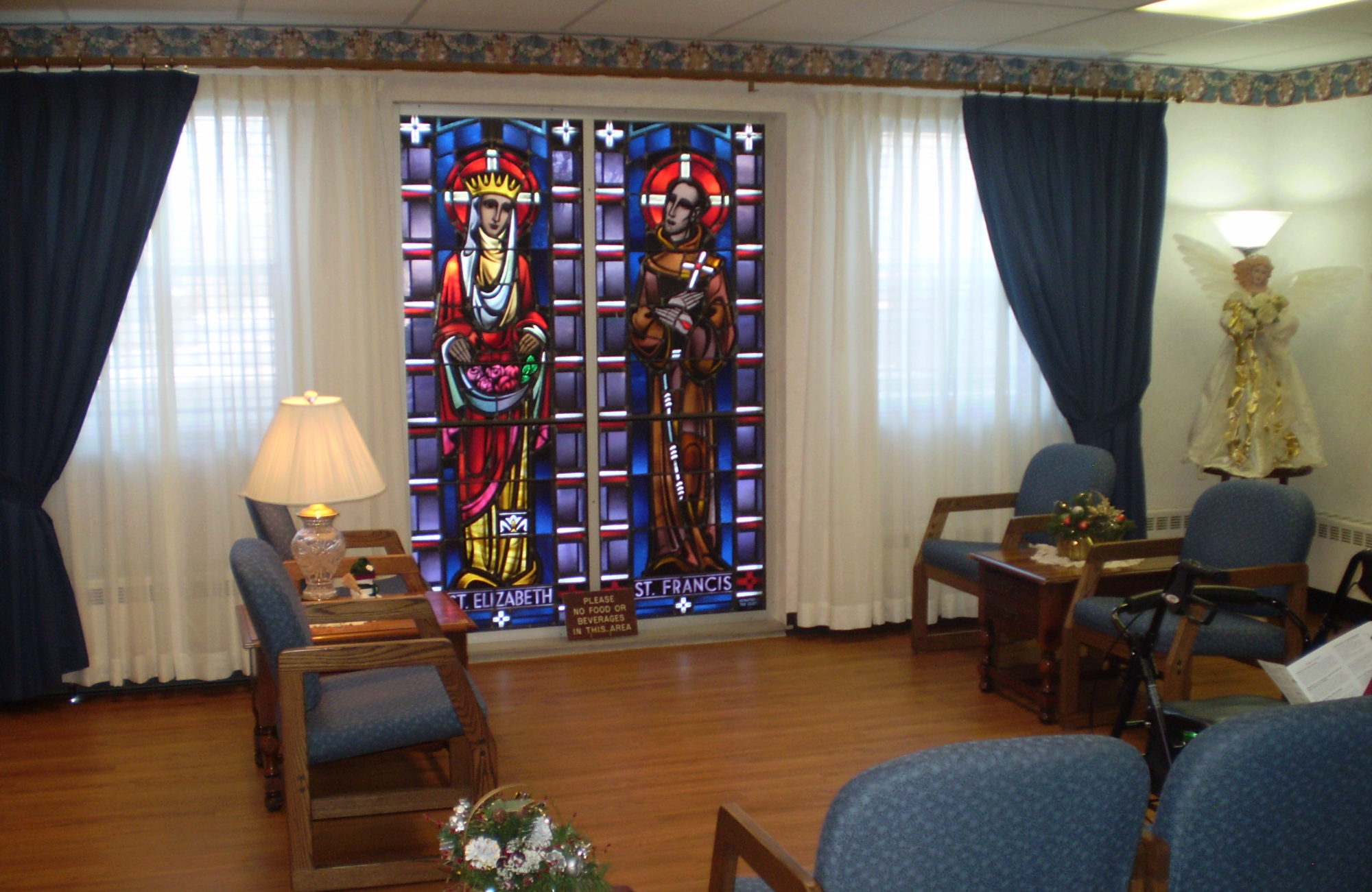
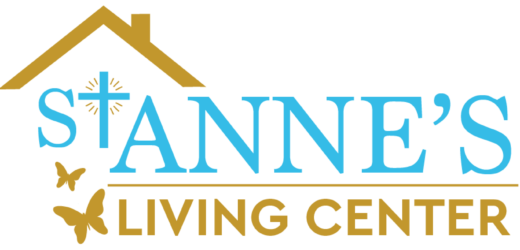
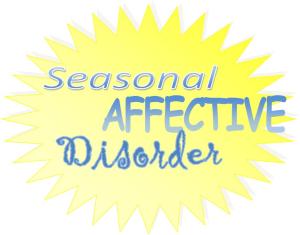
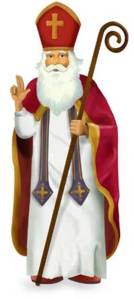
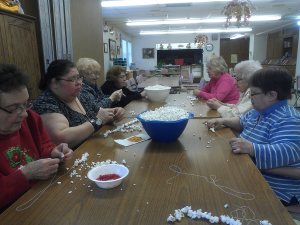
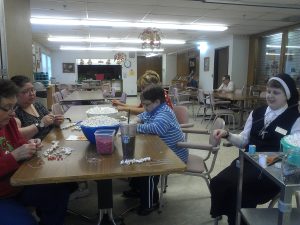 e needle. I’ve heard that cranberries can be messy, so this afternoon, we’ll be using red beads to add to the décor in their stead. Maybe we’re re-instating an old custom. If we do it again, I won’t make so much – three cups gave me a lot more than we needed so I ended up making caramel corn with the rest of it! I hope our residents enjoy that, too!
e needle. I’ve heard that cranberries can be messy, so this afternoon, we’ll be using red beads to add to the décor in their stead. Maybe we’re re-instating an old custom. If we do it again, I won’t make so much – three cups gave me a lot more than we needed so I ended up making caramel corn with the rest of it! I hope our residents enjoy that, too!